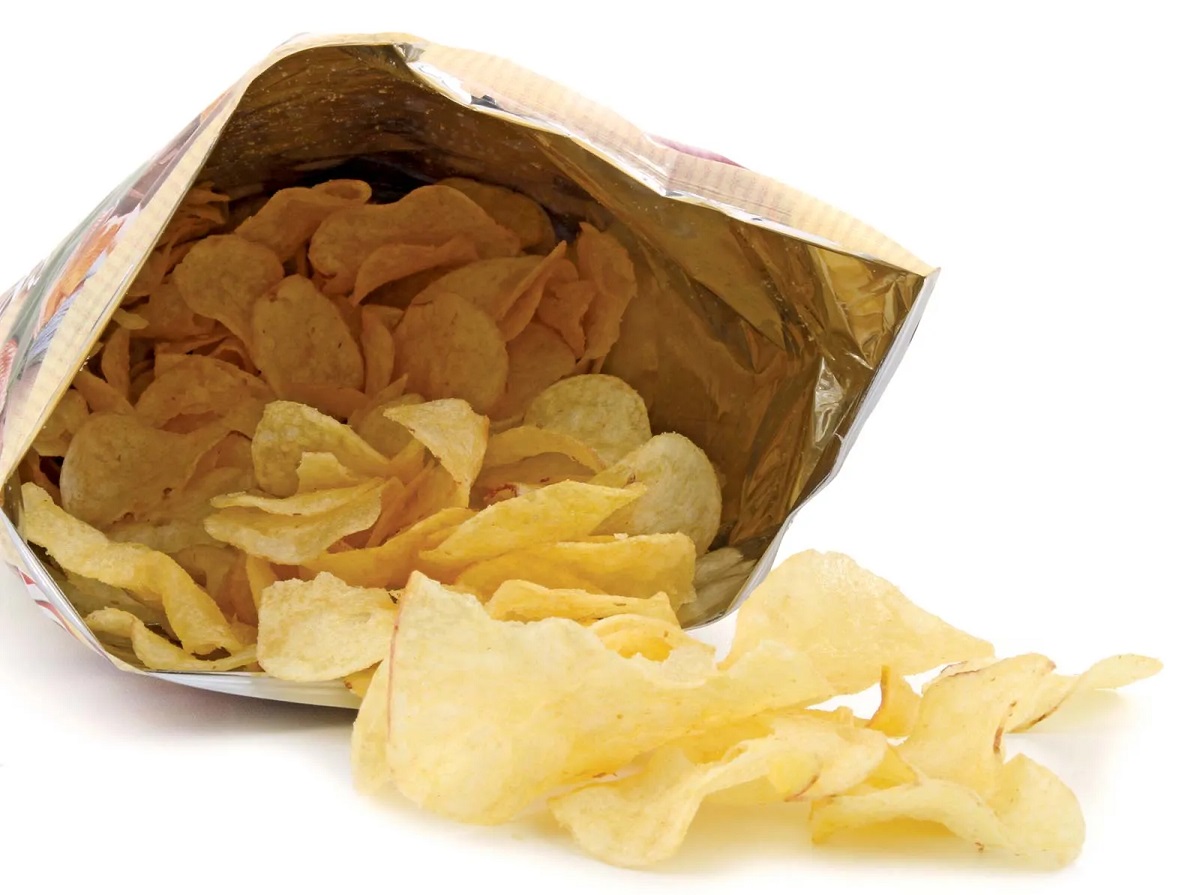

Articles
How To Store Potato Chips
Modified: December 7, 2023
Discover the best ways to store potato chips to keep them fresh and crispy for longer. Read our informative articles for helpful storage tips and tricks.
(Many of the links in this article redirect to a specific reviewed product. Your purchase of these products through affiliate links helps to generate commission for Storables.com, at no extra cost. Learn more)
Introduction
When it comes to snacking, potato chips are a popular choice. With their crispy texture and irresistible flavors, it’s no wonder they are a go-to treat for many people. However, once you open a bag of potato chips, you may find that they lose their crunchiness and become stale over time. This can be frustrating, especially if you enjoy savoring your chips for later. But fear not, there are ways to properly store potato chips to keep them fresh and delicious for longer periods of time.
Proper storage is key when it comes to preserving the taste and texture of potato chips. Many factors can contribute to the deterioration of chips, such as exposure to moisture, air, light, and fluctuating temperatures. By taking a few simple steps, you can ensure that your potato chips remain crispy and retain their flavor, even after opening the bag.
In this article, we will guide you through the process of storing potato chips to maintain their freshness. We will explore the importance of choosing the right container, how to keep out moisture, maintain optimal temperature, avoid exposure to air and light, store in a cool and dry place, minimize handling and movement, and how to check for signs of spoilage. Let’s dive in and learn how to keep those chips perfectly crunchy!
Key Takeaways:
- Keep your potato chips fresh by storing them in an airtight container to prevent exposure to air and moisture, maintaining their crispiness and flavor for longer snacking enjoyment.
- Regularly check for signs of spoilage in your potato chips to ensure they are safe and enjoyable to eat, and discard any chips that show signs of mold, infestation, or staleness.
Read more: How To Store Homemade Potato Chips
Choosing the Right Container
One of the first steps in properly storing potato chips is choosing the right container. The container you use should be airtight and able to keep out moisture, air, and light. This will help prevent the chips from becoming stale and losing their crispness.
When selecting a container, look for options that have a sturdy seal to ensure an airtight environment. Plastic containers with locking lids or resealable zipper bags are excellent choices. These types of containers are designed to keep the chips fresh and free from exposure to air or moisture.
Avoid using containers that are not airtight, such as paper bags or chip clips. These do not provide sufficient protection against moisture and air, leading to faster staleness and loss of flavor. While they may be convenient in the short term, they are not ideal for long-term storage.
Additionally, consider the size of the container. It should be large enough to hold the entire bag of chips without crushing them. Leaving empty space in the container can allow for more air and moisture to penetrate, potentially affecting the quality of the chips.
When transferring the chips into the container, be careful not to break or crush them. Handle the chips gently to preserve their shape and texture. Once the chips are in the chosen container, ensure that the lid or seal is tightly closed to create a secure and protective environment for the chips.
By choosing the right container, you can significantly enhance the shelf life of your potato chips and maintain their freshness and crunchiness for longer periods of time.
Keeping Out Moisture
Moisture is one of the biggest enemies of potato chips, as it can quickly cause them to go stale and lose their crunchy texture. Therefore, it’s crucial to keep out moisture when storing your chips.
One effective way to keep moisture away from your potato chips is by using moisture-absorbing packets or desiccants. These packets are often found in food packaging and are designed to absorb excess moisture that may be present. You can also purchase desiccant packets separately and place them in the container with the chips. These packets help to maintain a dry environment and preserve the freshness of the chips.
Another important step in keeping out moisture is to ensure that your chips are completely sealed in an airtight container. This prevents any moisture present in the air from seeping into the container and affecting the quality of the chips. Make sure the lid or seal is securely closed and check for any cracks or gaps that could allow moisture to enter.
Furthermore, avoid storing your potato chips in areas of high humidity, such as near the stove, sink, or dishwasher. Humidity can contribute to the buildup of moisture in the container, accelerating the staleness of the chips. Instead, choose a cool and dry location for storing your chips.
If you live in an extremely humid climate, you can consider using a dehumidifier in the storage area to reduce excess moisture in the air. This can help create an even drier environment, further protecting the chips from moisture damage.
By taking these measures to keep out moisture, you can extend the shelf life of your potato chips and ensure they remain crispy and delicious for a longer period of time.
Maintaining Optimal Temperature
Temperature is a critical factor in maintaining the freshness and quality of potato chips. Extreme temperatures, whether too hot or too cold, can lead to the deterioration of chips and impact their taste and texture. Therefore, it’s important to store your chips at an optimal temperature.
The ideal temperature for storing potato chips is around 68°F (20°C). This temperature range provides a stable environment that helps to preserve the crispiness of the chips. Avoid exposing your chips to temperatures above 75°F (24°C) or below 55°F (13°C), as these extremes can cause the chips to become stale or lose their crunch.
It’s essential to store your chips in a location that maintains a consistent temperature. Fluctuations in temperature can cause condensation, which can lead to moisture buildup and affect the quality of the chips. Avoid storing your chips near heat sources like ovens, stoves, or direct sunlight exposure, as this can create heat fluctuations and alter the texture of the chips.
If you live in a hot and humid climate, consider storing your potato chips in the refrigerator. However, it’s important to note that refrigeration can affect the texture of the chips, making them slightly softer. To minimize this effect, place the chips in an airtight container and allow them to come to room temperature before consuming.
Additionally, avoid storing your chips in the freezer. Freezing can cause the chips to become brittle and lose their crunchiness when thawed. It’s best to store your chips at a cool, consistent room temperature for optimal freshness.
By maintaining the optimal temperature for your potato chips, you can ensure that they stay fresh, crispy, and enjoyable to eat for a longer period of time.
Avoiding Exposure to Air and Light
Exposure to air and light can have a detrimental effect on the quality and freshness of potato chips. Air can make the chips go stale, while light can cause them to lose their color and flavor. To extend the shelf life of your potato chips, it’s important to avoid their exposure to air and light as much as possible.
When choosing a container for storing your chips, opt for one that is opaque or has a dark color. This helps to block out light and protects the chips from potential degradation. Transparent containers or bags allow light to penetrate, which can result in the chips becoming discolored and less appetizing.
Additionally, ensure that the container is airtight. A tightly sealed container will prevent air from entering the package and causing the chips to go stale. Air exposure can lead to moisture absorption, resulting in soft and soggy chips. When transferring the chips into the container, take care to seal it properly and eliminate any excess air trapped inside.
If purchasing pre-packaged potato chips, be mindful of the packaging they come in. Look for chips that are packaged in airtight bags or resealable packaging. This will help maintain the freshness of the chips until they are ready to be consumed.
When storing your chips, place the container in a dark and cool location. Keep them away from direct sunlight, as this can accelerate the degradation process and affect the flavor and texture of the chips. Sunlight exposure can cause the oils in the chips to go rancid, resulting in a less pleasant taste.
By avoiding exposure to air and light, you can significantly prolong the shelf life of your potato chips and ensure that they remain fresh, flavorful, and enjoyable to eat.
Store potato chips in an airtight container to keep them fresh and crispy. Avoid exposure to air and moisture to prevent them from becoming stale.
Read more: How To Make Potato Chips With A Dehydrator
Storing in a Cool and Dry Place
To maintain the freshness and crispiness of potato chips, it’s essential to store them in a cool and dry place. Moisture and high temperatures can quickly lead to the deterioration of the chips, affecting their taste and texture.
When selecting a storage location, choose an area that is away from sources of heat and moisture. Avoid storing your chips near ovens, stoves, or areas prone to high humidity, such as the bathroom or laundry room.
The ideal temperature for storing potato chips is around 68°F (20°C). Temperatures above 75°F (24°C) can cause the chips to become stale and lose their crispness, while temperatures below 55°F (13°C) can make them more prone to absorbing moisture and becoming soggy.
Humidity is another factor to consider when storing potato chips. High humidity can make the chips go stale faster and promote moisture absorption. Aim for a humidity level of around 50% or lower in the storage area.
If you live in a humid climate or during the summer months where humidity levels are high, you may consider using a dehumidifier in the storage area. This will help reduce excess moisture in the air and create an environment that is more conducive to preserving the quality of the chips.
Furthermore, avoid storing your chips near open windows or in areas where they may be exposed to drafts. Air drafts can introduce moisture into the packaging and contribute to faster staleness.
When storing your chips, keep them in their original packaging if it is resealable or transfer them to an airtight container. This will provide an extra layer of protection against moisture and help maintain the desired level of crispness.
By storing your potato chips in a cool and dry place, you can ensure that they maintain their crispiness, flavor, and quality for a longer period of time.
Minimizing Handling and Movement
Minimizing handling and movement of potato chips is essential for prolonging their freshness and preventing breakage. Excessive handling and movement can lead to crushed and damaged chips, compromising their texture and overall quality.
When transferring the chips to a storage container, handle them with care to avoid breaking or crushing them. Use clean, dry hands or utensils when handling the chips to prevent any transfer of moisture or contaminants onto the chips.
Avoid shaking or tossing the container to prevent unnecessary movement of the chips. This can lead to excessive breakage and the formation of crumbs, which can accelerate staleness and reduce the overall quality of the chips.
Furthermore, refrain from storing the chips in a location where they may be subject to frequent jostling or movement. For example, if you store your chips in a pantry or cabinet, avoid placing heavy objects on top of them or in a location where they can easily be knocked over.
Keep in mind that even small movements or vibrations can cause the chips to break and lose their crunchiness. Take care to handle and store the chips in a way that minimizes any unnecessary movement and maintains their integrity.
If you need to transport the chips, such as for a picnic or gathering, use a sturdy container or bag specifically designed for food transport. Look for options with padded or protective compartments to prevent the chips from being crushed during transportation.
By minimizing handling and movement of the chips, you can ensure that they remain intact and retain their texture, resulting in a more enjoyable snacking experience.
Checking for Signs of Spoilage
Periodically checking your potato chips for signs of spoilage is crucial to ensure their quality and safety. While chips can have a long shelf life when stored properly, it’s important to be aware of any potential signs of spoilage to prevent consuming stale or contaminated chips.
One of the first indicators of spoilage is a change in the color, texture, or taste of the chips. If the chips have become discolored or have a strange odor, it may be a sign that they have gone bad. Take a close look at the chips to check for any signs of mold, which can develop if moisture has entered the packaging.
Beyond visual changes, pay attention to the texture of the chips. If they have become excessively soft, mushy, or have lost their crunchiness, it is a strong indication that they are stale and no longer enjoyable to eat. Taste a few chips to check if the flavor has changed significantly or has become rancid.
Additionally, be aware of any signs of pests or infestation. Insects or rodents can find their way into improperly stored chips, leading to contamination. Look for any holes or chew marks in the packaging and discard the chips if evidence of infestation is found.
If you notice any of these signs, it is best to err on the side of caution and discard the chips rather than consume them. Consuming spoiled or contaminated chips can lead to an unpleasant taste or, in some cases, cause foodborne illnesses.
Remember to always check the expiration date on the packaging and consume the chips before that date to ensure the best quality and flavor.
By regularly checking for signs of spoilage, you can maintain the quality and safety of your potato chips, ensuring that you enjoy them at their best.
Conclusion
Properly storing potato chips is essential for preserving their freshness, crispiness, and flavor. By following a few simple steps, you can ensure that your favorite snack remains delicious and enjoyable, even after the bag is opened.
Choosing the right container, such as an airtight plastic container or resealable bag, is the first step in proper chip storage. This helps to keep out moisture, air, and light, which can all contribute to the deterioration of the chips. Additionally, storing the chips in a cool and dry place, away from heat sources and humidity, helps to maintain their quality.
Minimizing handling and movement of the chips is also important, as excessive breakage and crushing can compromise their texture. Taking care when transferring and storing the chips helps to maintain their integrity.
Last but not least, regularly checking for signs of spoilage is essential to ensure the chips are safe and enjoyable to eat. Keep an eye out for changes in color, texture, and taste, and discard any chips that show signs of mold, infestation, or staleness.
By following these guidelines, you can prolong the shelf life of your potato chips and savor their crispness and deliciousness for a longer period. So, the next time you indulge in a bag of potato chips, remember to store them properly to ensure the best snacking experience!
Frequently Asked Questions about How To Store Potato Chips
Was this page helpful?
At Storables.com, we guarantee accurate and reliable information. Our content, validated by Expert Board Contributors, is crafted following stringent Editorial Policies. We're committed to providing you with well-researched, expert-backed insights for all your informational needs.

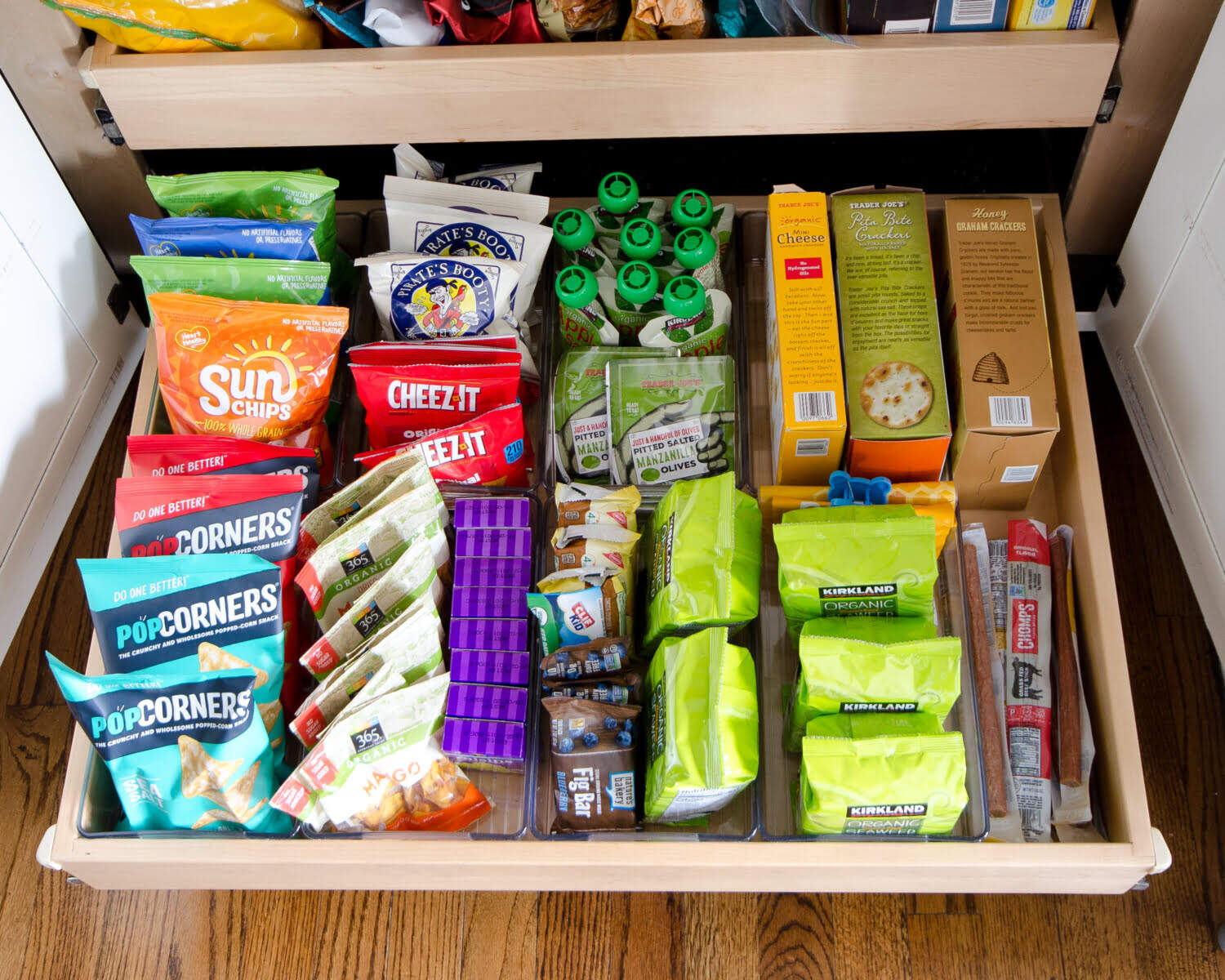
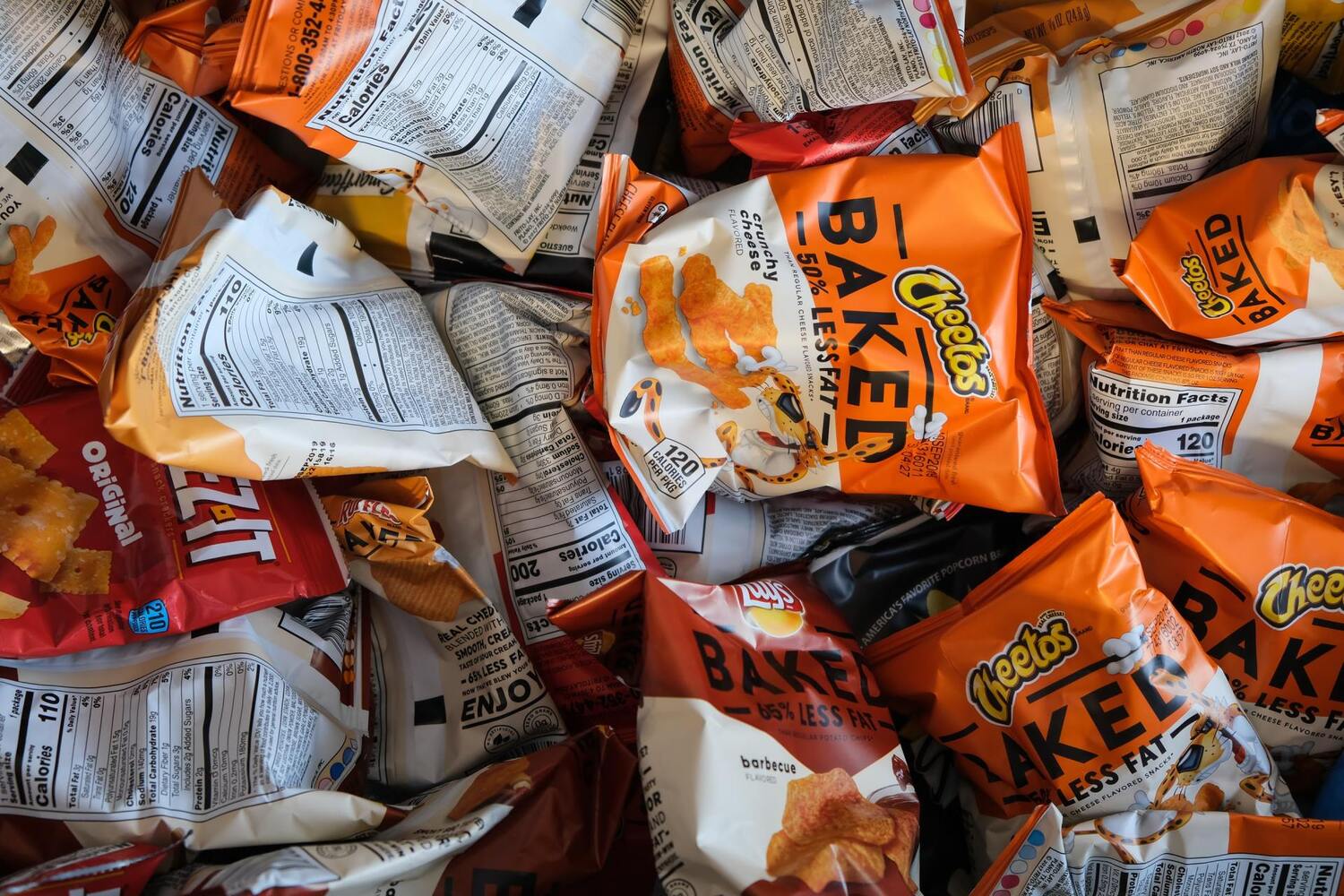
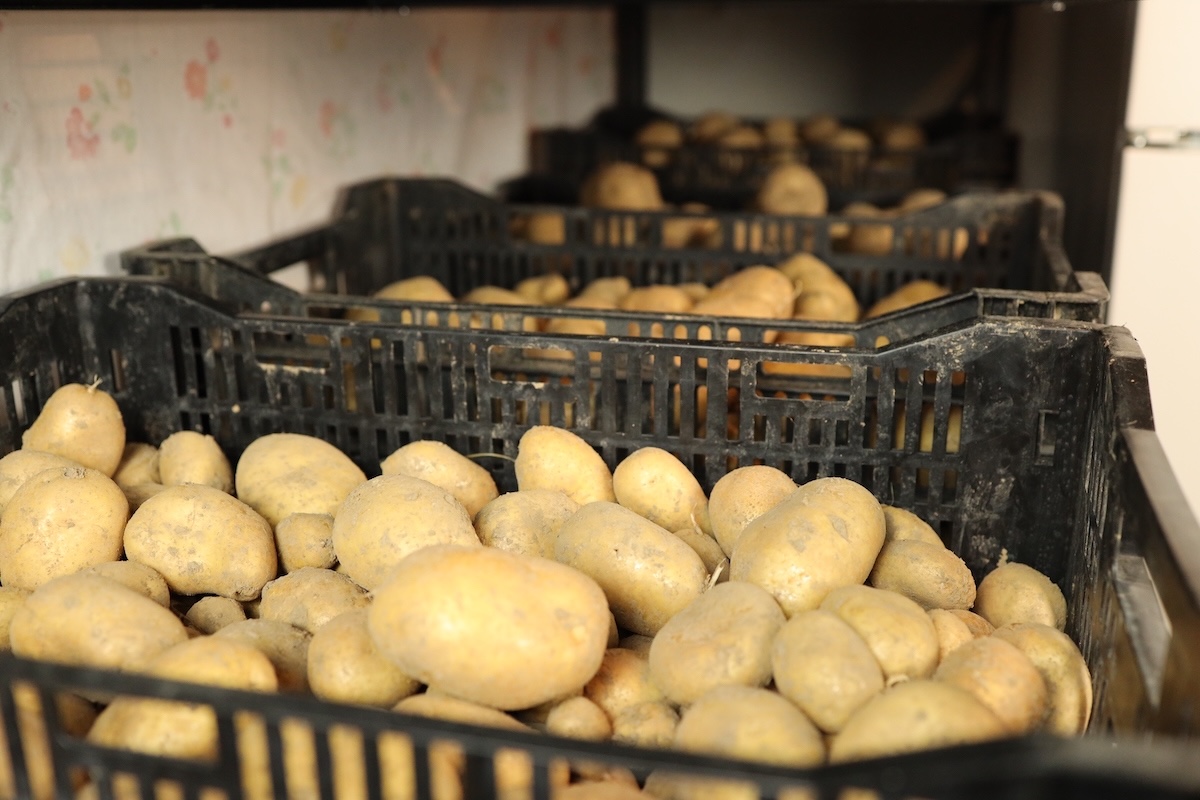

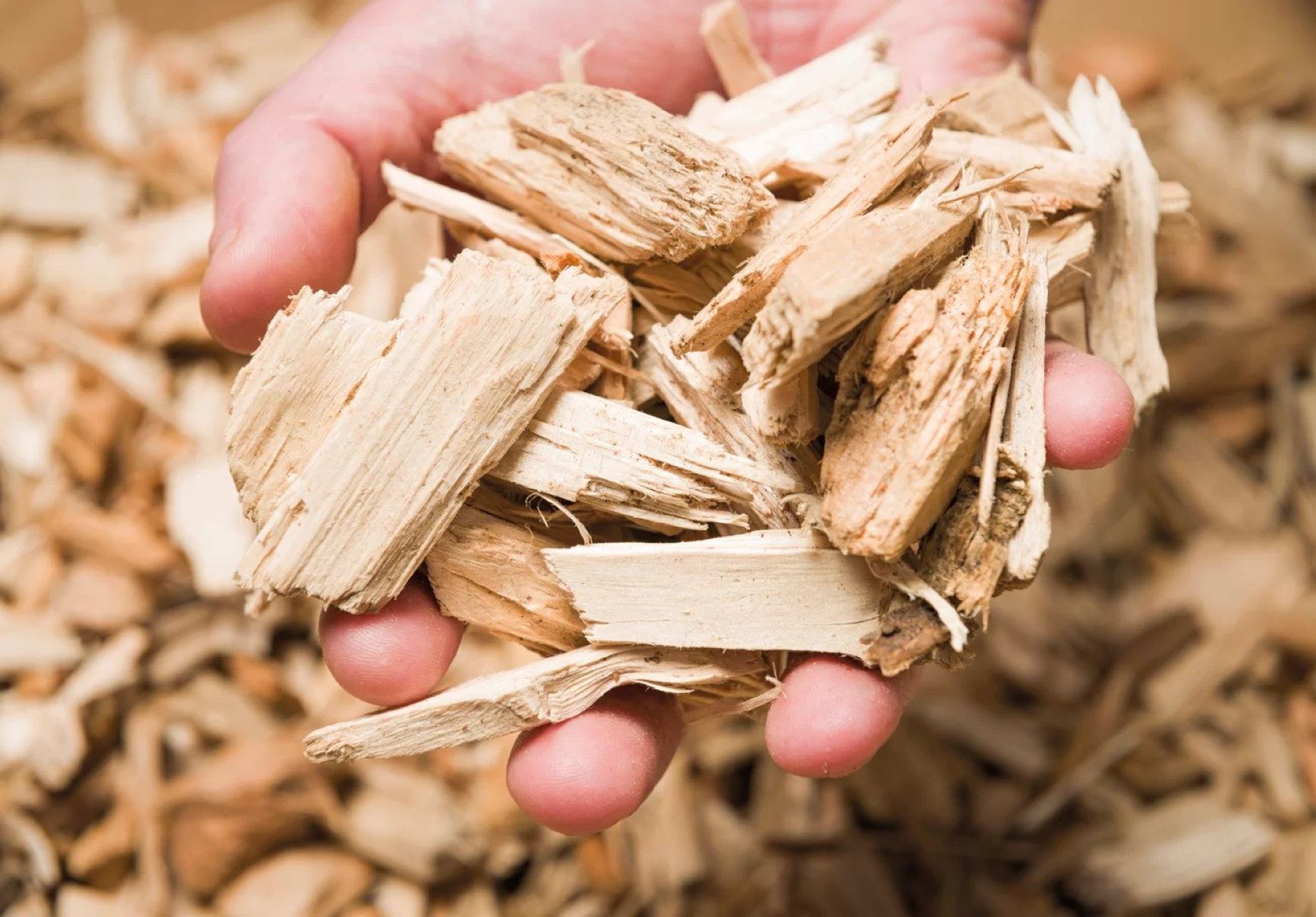
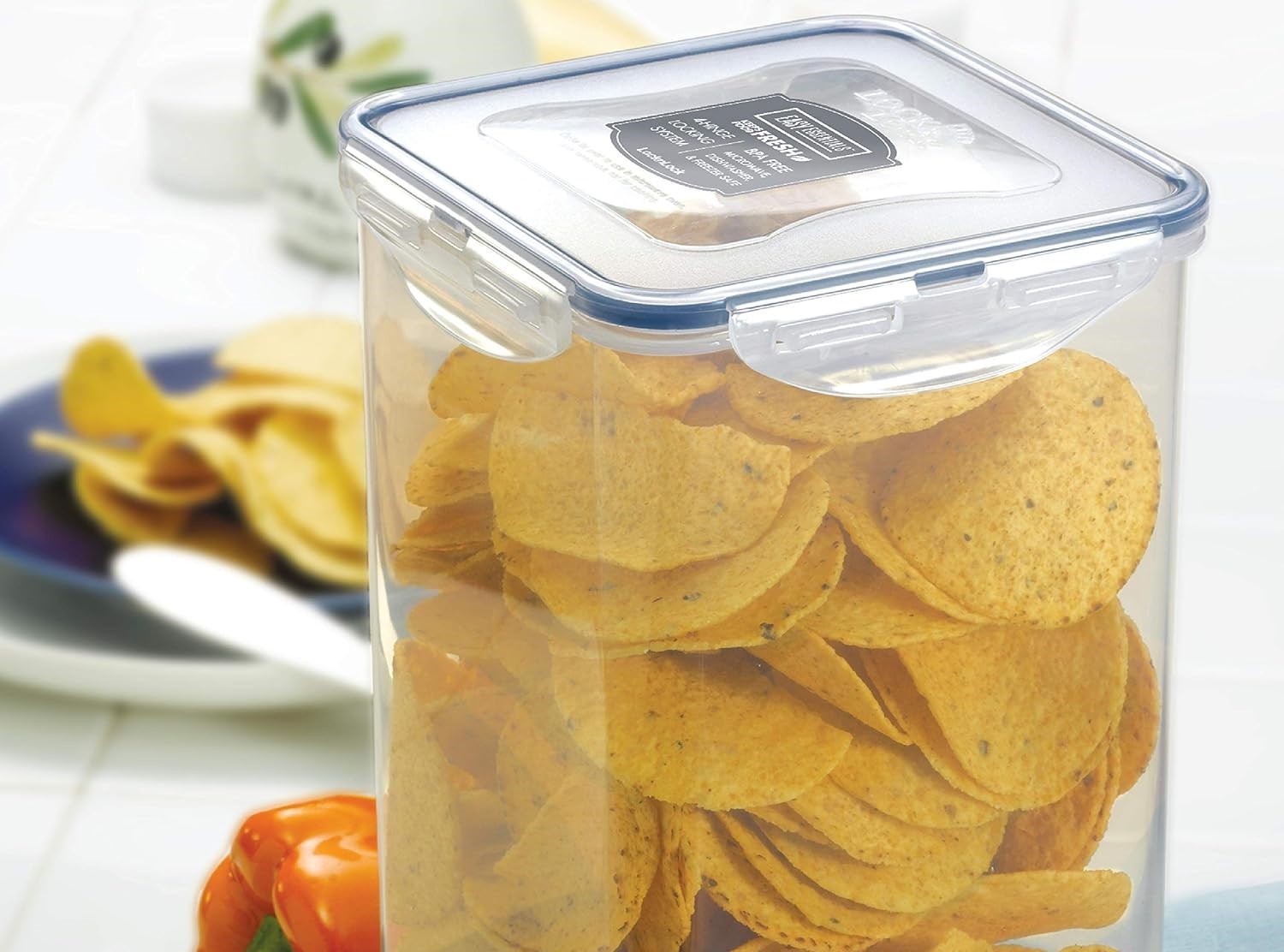
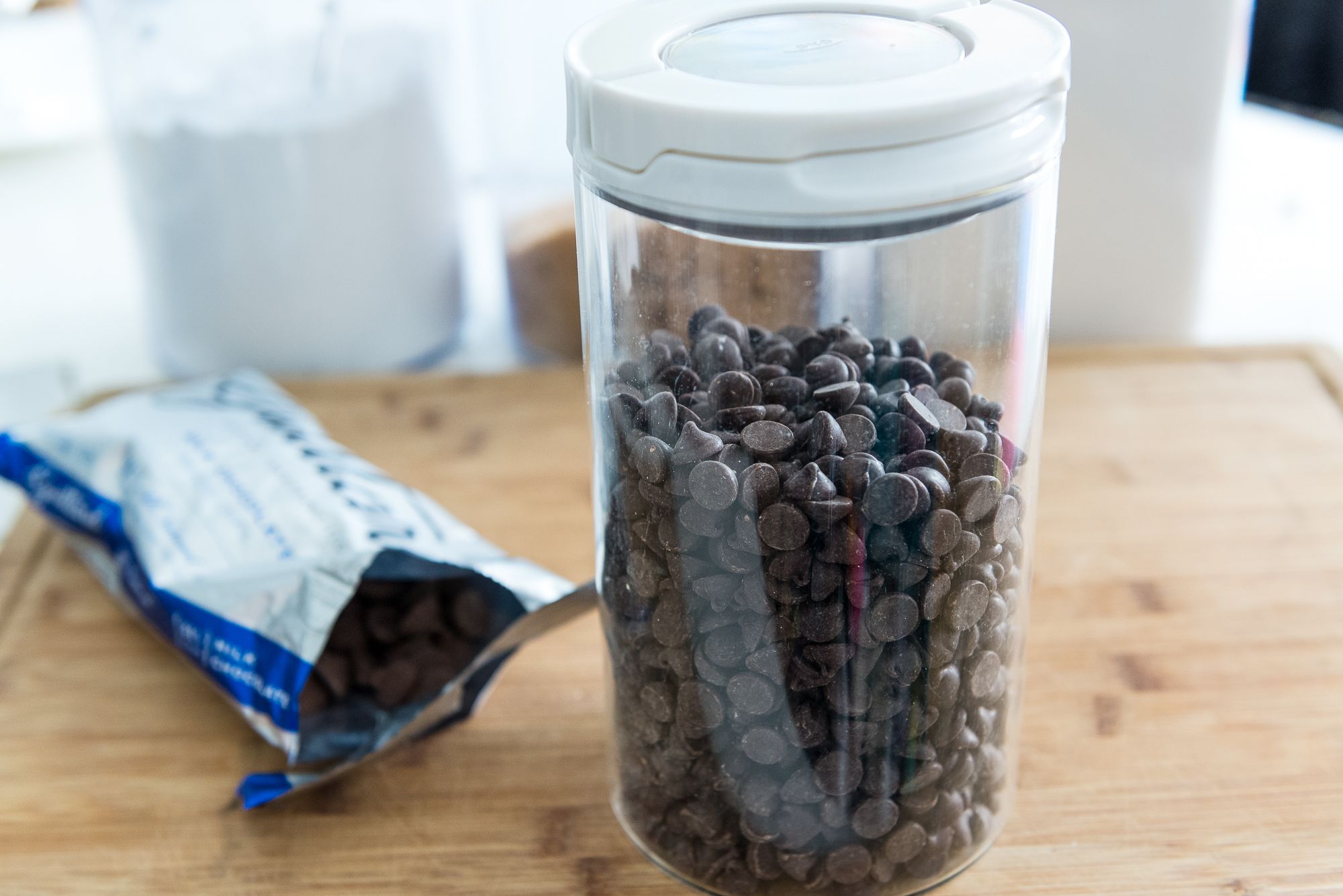

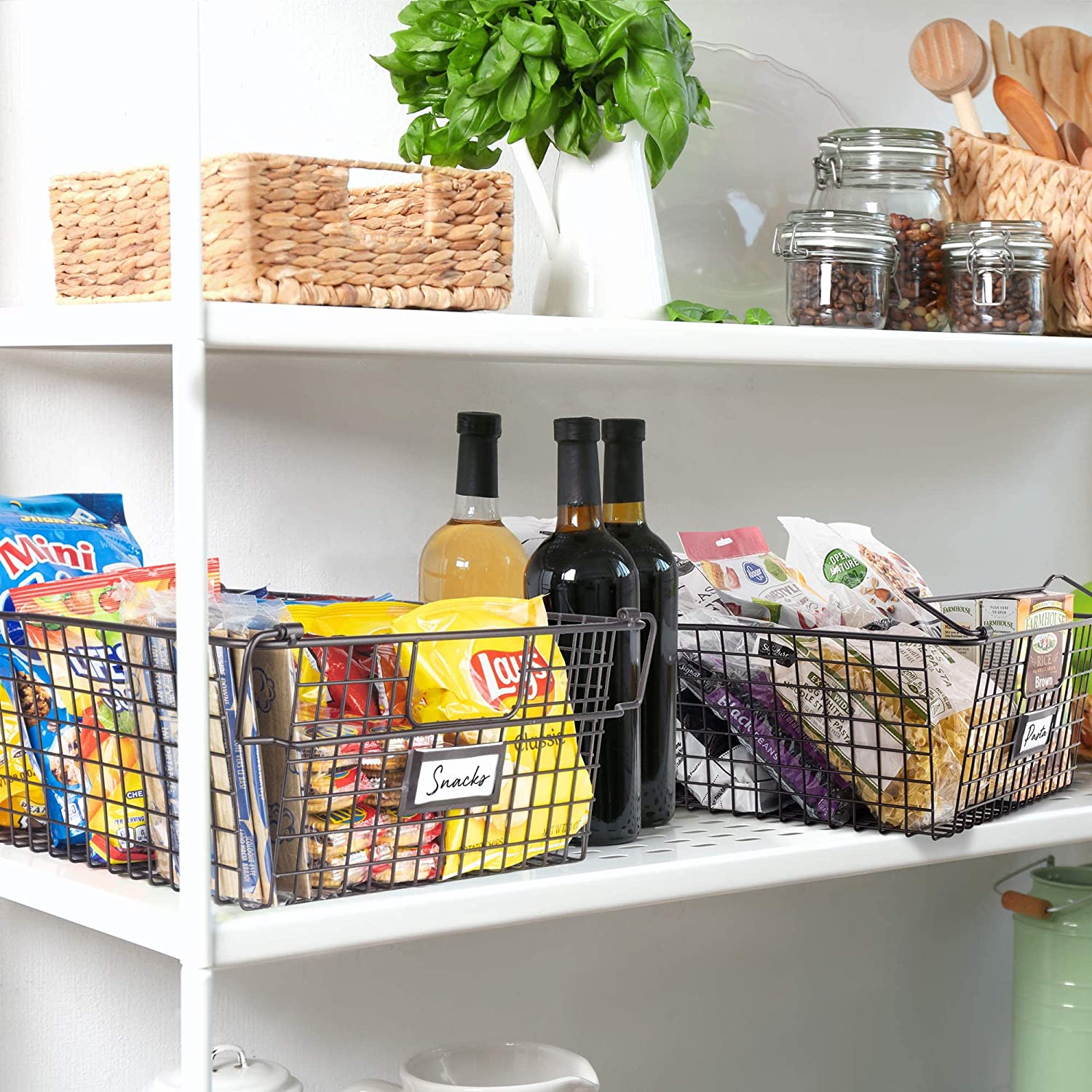


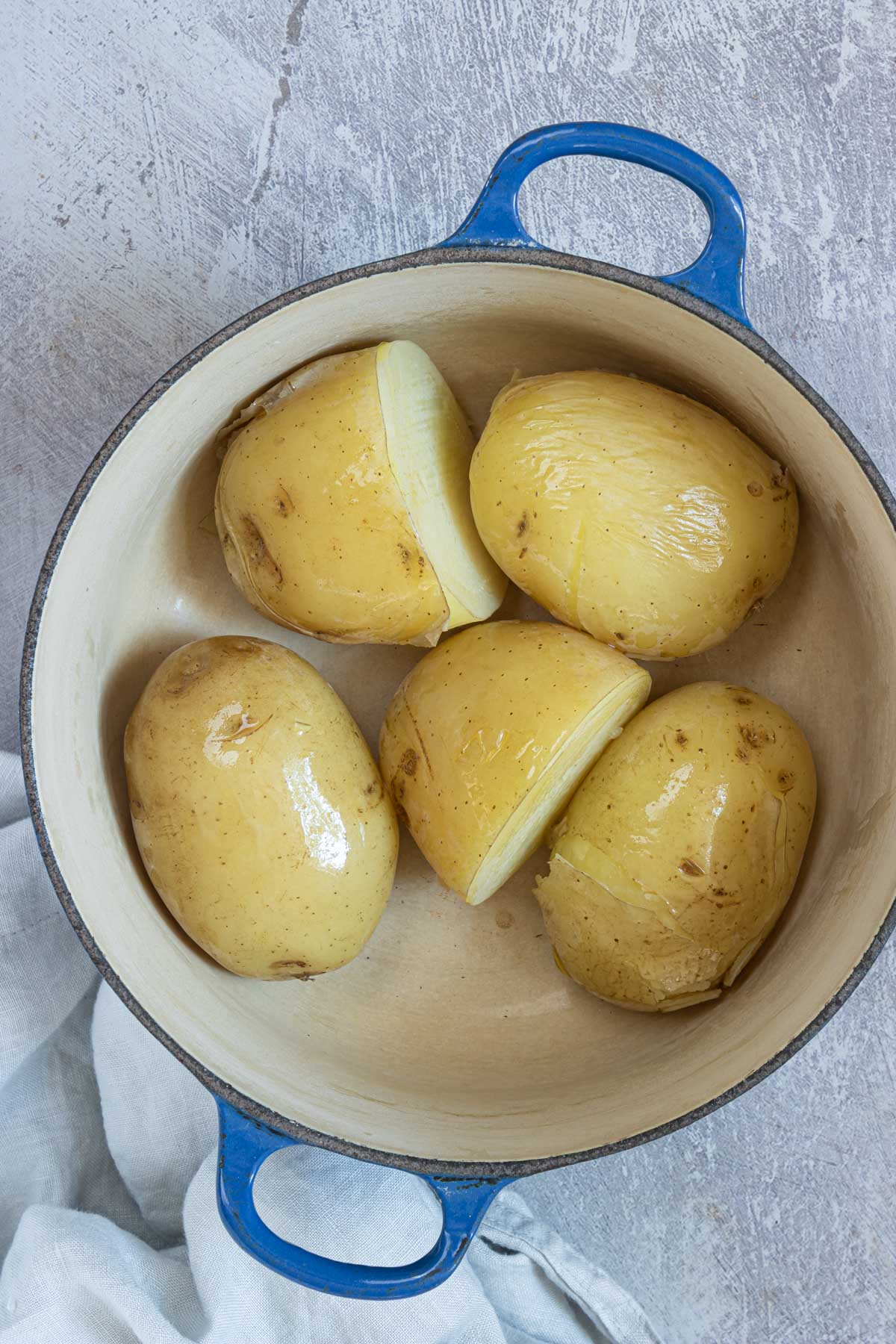


0 thoughts on “How To Store Potato Chips”